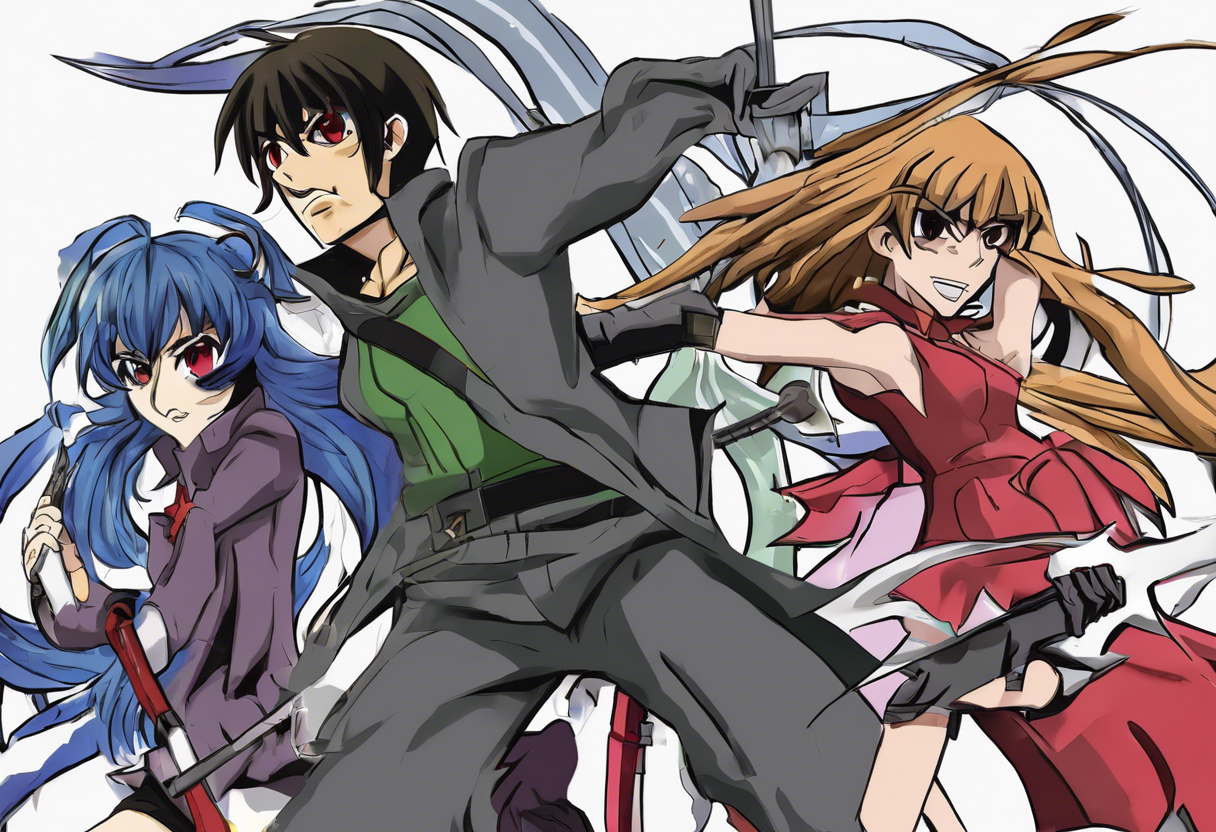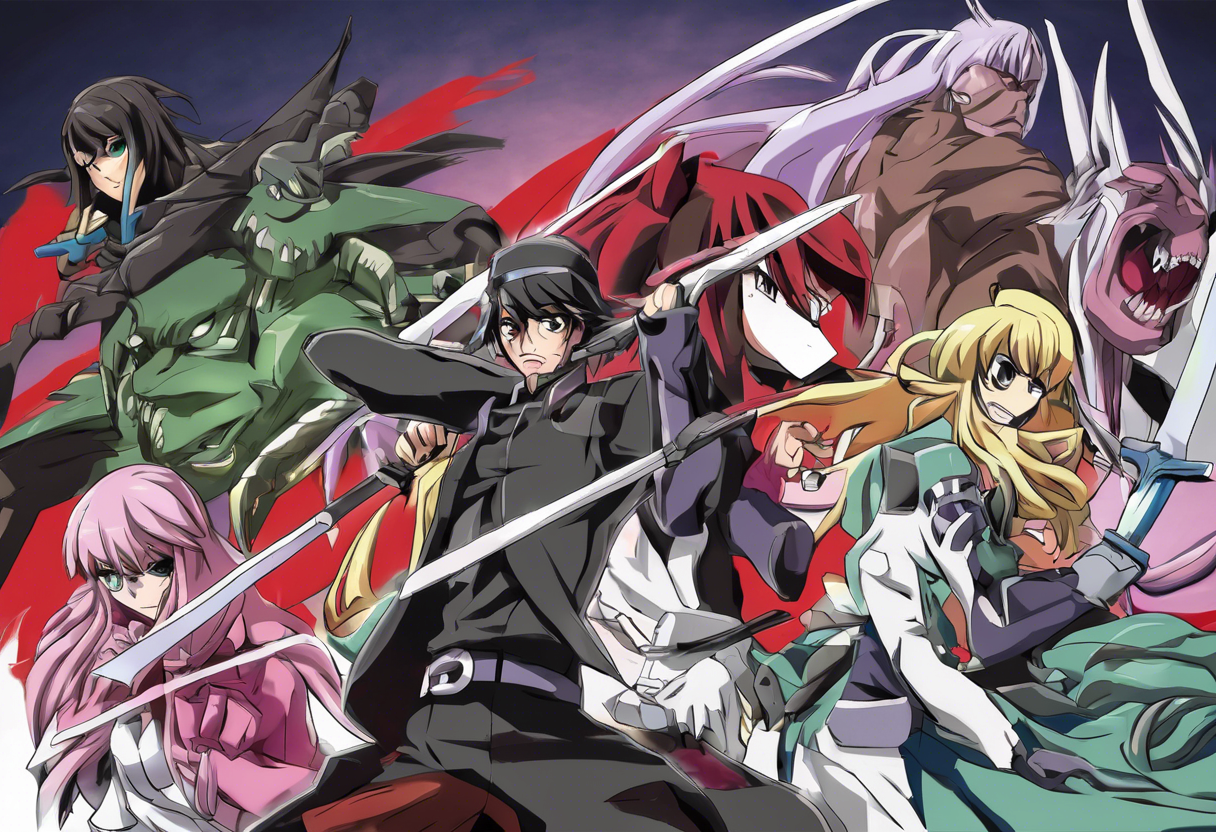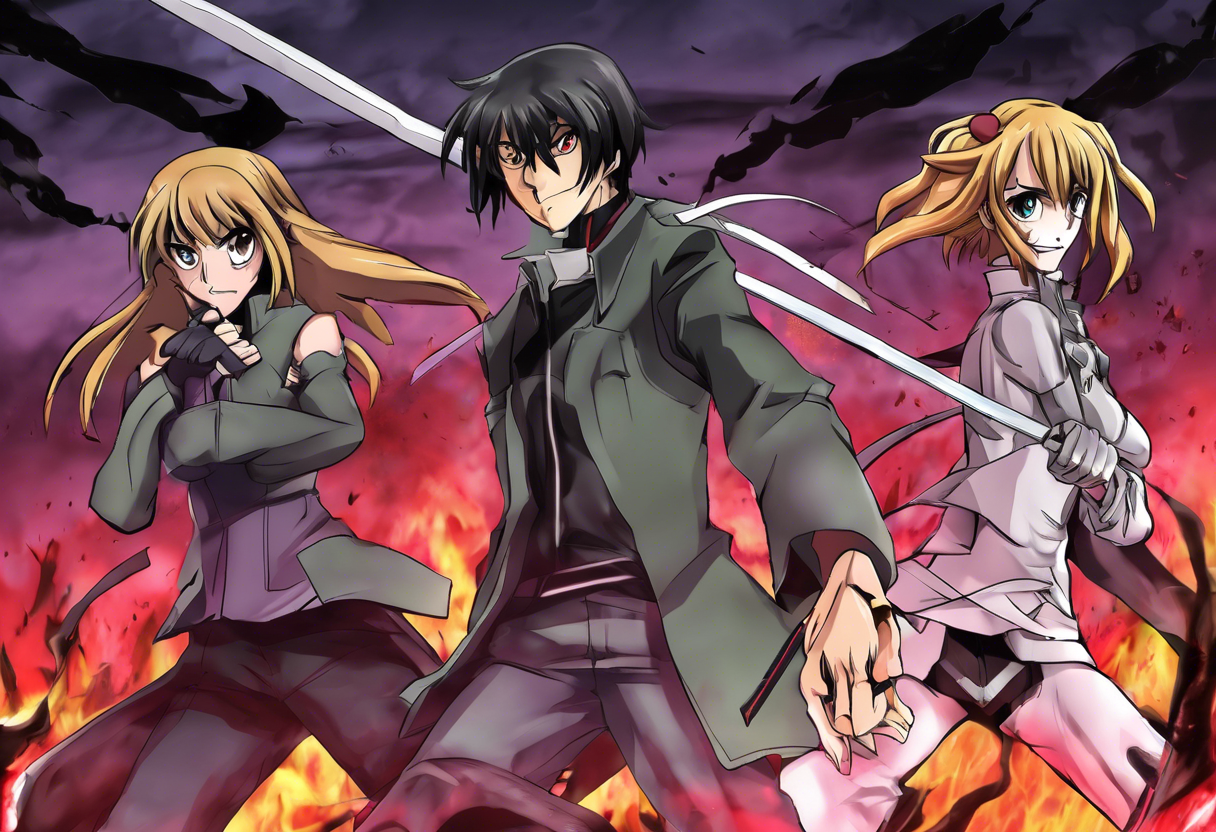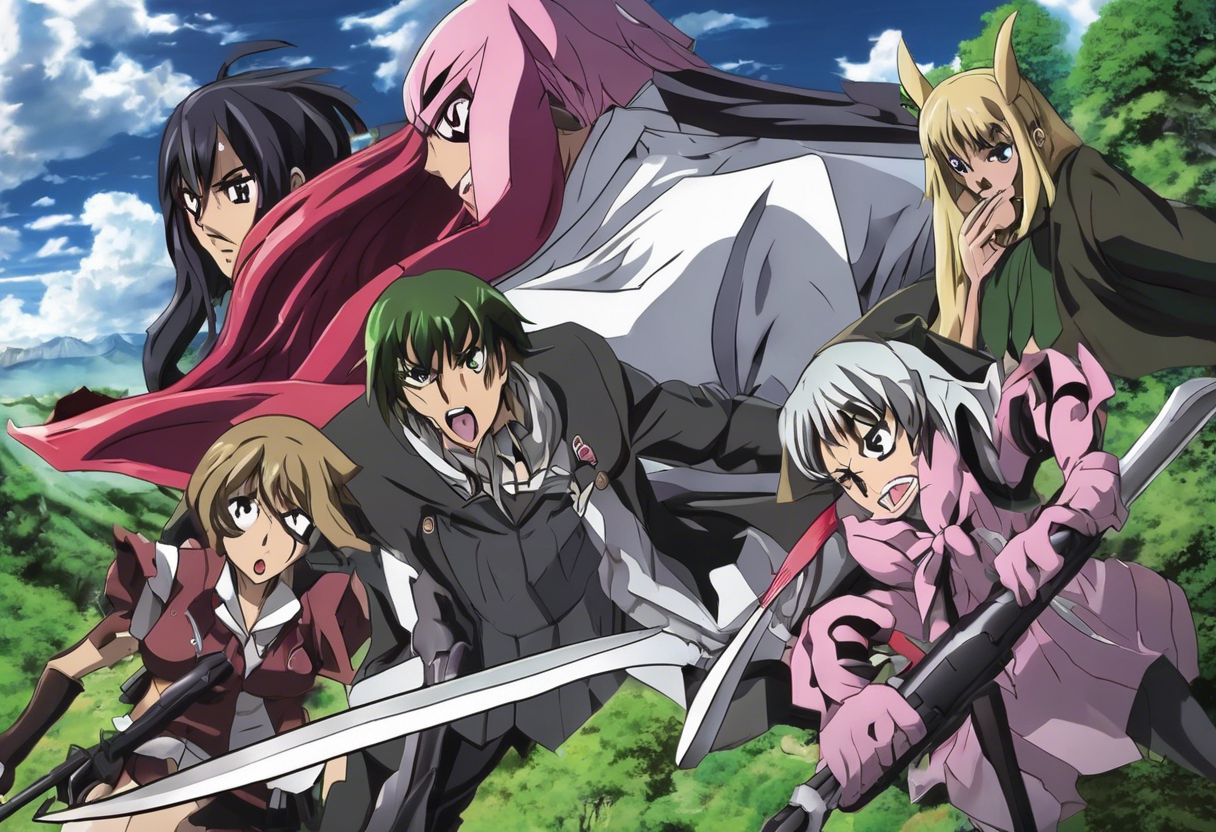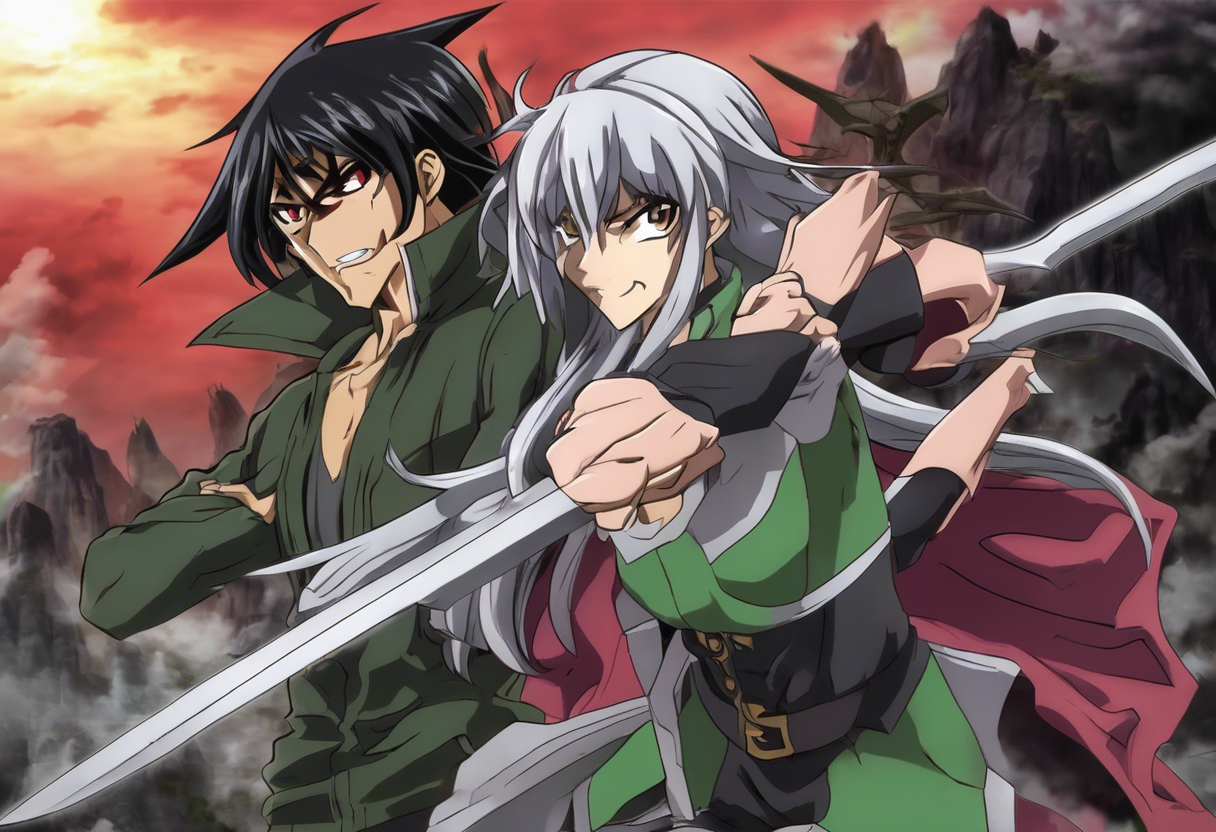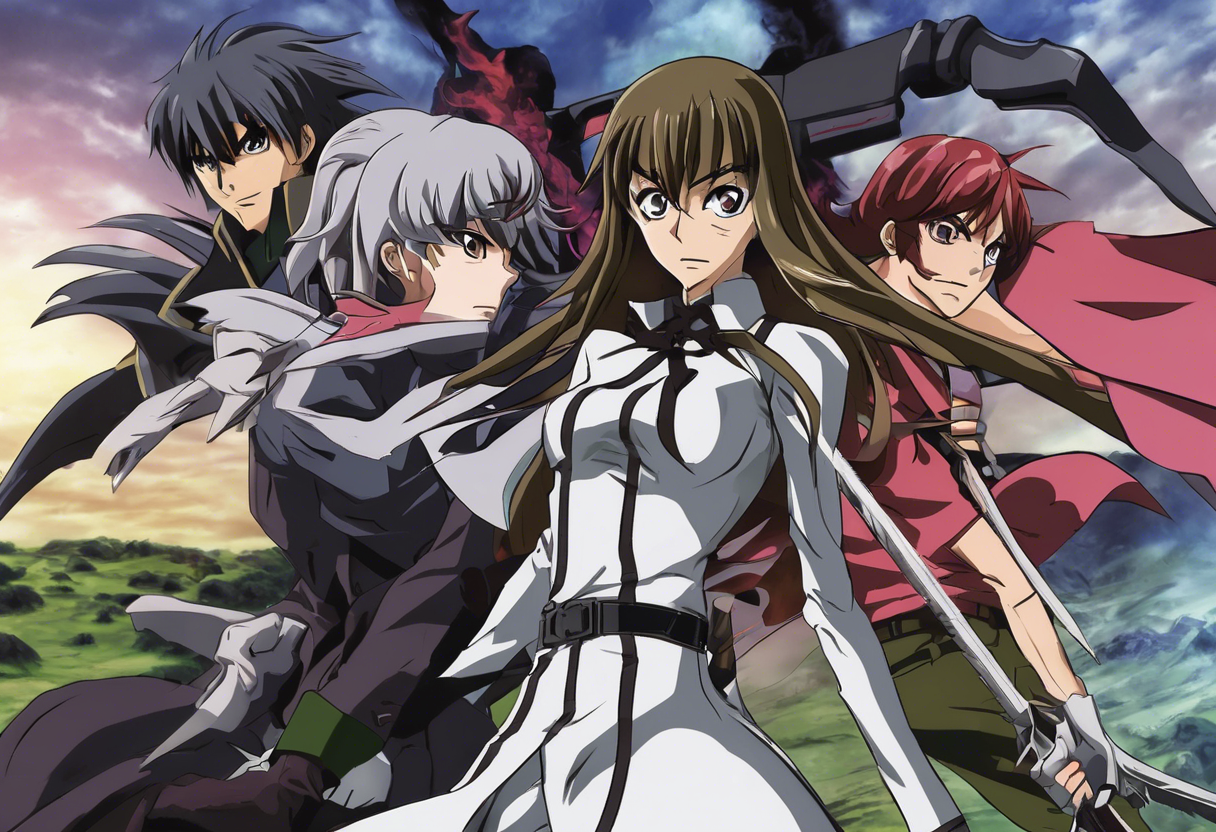Contents
Article Title
Introduction
Akame ga Kill Episode 8, titled "Kill the Three Beasts – Part Two," is a pivotal installment in the anime series, continuing the intense and dramatic storyline that began in the previous episode. This episode is part of a two-part arc that showcases the brutal confrontations between the members of Night Raid and Esdeath’s elite group, the Three Beasts. Directed by Tomoki Kobayashi and written by Makoto Uezu, this episode was first aired in 2014 as part of the anime’s first season.
Akame ga Kill is known for its dark fantasy setting, complex characters, and the moral ambiguities that define its world. Produced by White Fox and based on the manga by Takahiro and Tetsuya Tashiro, the series has garnered a significant following for its gritty narrative and intense action sequences. Episode 8 stands out for its emotional depth, character development, and the high stakes that drive the plot forward.
Plot Summary
The episode picks up where the previous one left off, with Bulat and Tatsumi trapped on a luxury liner, facing off against Esdeath’s Three Beasts: Nyau, General Liver, and the already defeated Daidara. The Three Beasts had been dispatched to eliminate Prime Minister Honest’s political rivals, Chouri and his daughter Spear, and frame Night Raid for the murders to discredit them further.
Bulat, armed with his Imperial Arms Incursio, a sealed white sword that transforms into a suit of armor, engages in a fierce battle with General Liver. Liver, a former general of the Imperial Police and someone from Bulat’s past, wields an Imperial Arms that manipulates water and other liquids. Their fight is intense, with both characters exhausting the power of their Arms and eventually resorting to swords. Despite Liver’s formidable abilities, Bulat manages to land the killer blow, but not before Liver injects himself with poison and uses his Imperial Arms to fire a lethal blast of blood at Bulat, severely injuring him[2][3].
As Bulat lies dying, Tatsumi is left defenseless against Nyau, the third member of the Three Beasts. Nyau uses his Imperial Arms Scream, a flute that weakens those who hear its melody, but Tatsumi, having resisted the sound earlier, finds a way to counter it. However, without an Imperial Arms of his own, Tatsumi’s options are limited, and he is largely stalling for time. The situation becomes even more dire as Nyau prepares to deliver the final blow.
Meanwhile, the episode also touches on the emotional state of Akame, who is still reeling from the death of Sheele. Tatsumi’s determination to protect Akame and keep her safe adds a personal layer to the conflict, highlighting the bonds within Night Raid and the motivations that drive its members.
The setting of the luxury liner adds a sense of claustrophobia and urgency to the battles, as Bulat and Tatsumi have nowhere to run and must fight for their lives. The episode’s pacing is relentless, with each scene building on the tension and stakes of the previous one.
As the battle rages on, the narrative delves into the backstories of the characters, particularly the relationship between Bulat and Liver. Liver’s undying loyalty to Esdeath, who saved his life, is contrasted with Bulat’s sense of duty and honor, adding depth to their confrontation[3][4].
The episode culminates in a dramatic and tragic conclusion, as Bulat’s injuries prove fatal, and he dies after killing Liver. This moment is poignant, as it highlights the sacrifices that characters in the series must make and the consequences of their actions. The death of Bulat also sets the stage for future conflicts and character developments, as Tatsumi and the rest of Night Raid must come to terms with their loss and continue their fight against the Empire.
Themes and Symbolism
Episode 8 of Akame ga Kill explores several central themes that are pivotal to the series. One of the most prominent themes is the cost of war and the sacrifices that must be made. Bulat’s death serves as a stark reminder of the risks involved in the characters’ missions and the personal toll it takes on them. This theme is reinforced by the brutal and often fatal nature of the battles, which underscores the gravity of the characters’ actions.
Another significant theme is loyalty and duty. Liver’s unwavering loyalty to Esdeath, despite the moral implications of his actions, contrasts with Bulat’s sense of duty to Night Raid and his friends. This dichotomy highlights the complexities of allegiance and the different paths characters can take in the face of adversity.
The episode also delves into the theme of friendship and camaraderie. The bond between Bulat and Tatsumi, as well as the rest of Night Raid, is a crucial element of the story. The emotional impact of Bulat’s death on Tatsumi and the others underscores the importance of these relationships in a world filled with violence and betrayal.
Symbolically, the Imperial Arms represent the characters’ unique abilities and strengths but also their vulnerabilities. The Arms are powerful tools that can turn the tide of battle but also come with significant risks and consequences. This duality reflects the broader themes of the series, where power and strength are often balanced by weakness and sacrifice.
Cultural Impact
Upon its release, "Kill the Three Beasts – Part Two" received significant attention for its intense action sequences and emotional depth. The episode’s dramatic conclusion, particularly Bulat’s death, was a major talking point among fans and critics, highlighting the series’ willingness to take risks and make bold narrative choices.
The episode’s influence can be seen in other anime series that have followed in its footsteps, particularly those in the dark fantasy genre. The use of complex characters, morally ambiguous themes, and high-stakes battles has become a staple of many modern anime shows.
Critical Reception
Critically, Episode 8 of Akame ga Kill was well-received for its intense action, emotional impact, and character development. Reviewers praised the episode’s ability to balance action and drama, creating a compelling narrative that kept viewers engaged.
However, some critics noted that the pacing could be relentless, making it difficult to fully absorb the emotional weight of certain scenes. Despite this, the episode was generally praised for its execution and the significant impact it had on the series’ storyline.
Legacy
"Kill the Three Beasts – Part Two" remains a pivotal episode in the Akame ga Kill series, known for its dramatic plot twists, intense battles, and emotional depth. The episode’s influence can be seen in the broader anime community, where it is often cited as an example of how to effectively blend action and drama.
The enduring relevance of this episode lies in its ability to evoke strong emotions and create a sense of urgency and stakes. It continues to inspire filmmakers and artists, particularly those working in the anime genre, and remains a significant part of Akame ga Kill!’s legacy.
References
- https://akamegakill.fandom.com/wiki/Episode_8
- https://triptychalessandro.wordpress.com/2014/08/29/akame-ga-kill-episode-8-review-kill-the-three-part-two/
- https://otakuauthor.com/akame-ga-kill-episode-8-kill-the-three-beasts-part-two/
- https://agkofficial.fandom.com/wiki/Episode_8
- https://en.wikipedia.org/wiki/List_of_Akame_ga_Kill!_episodes

